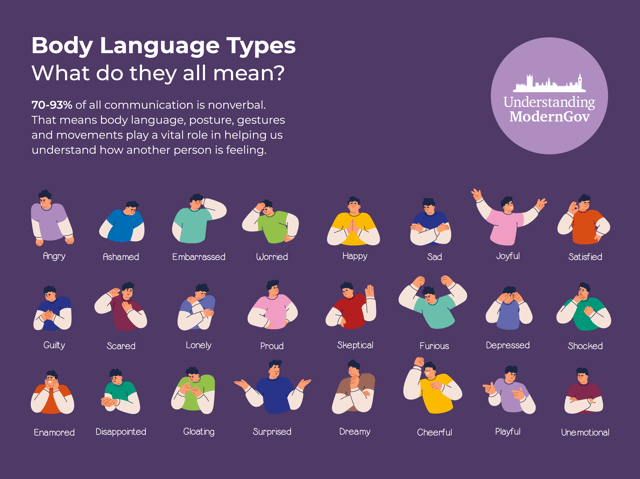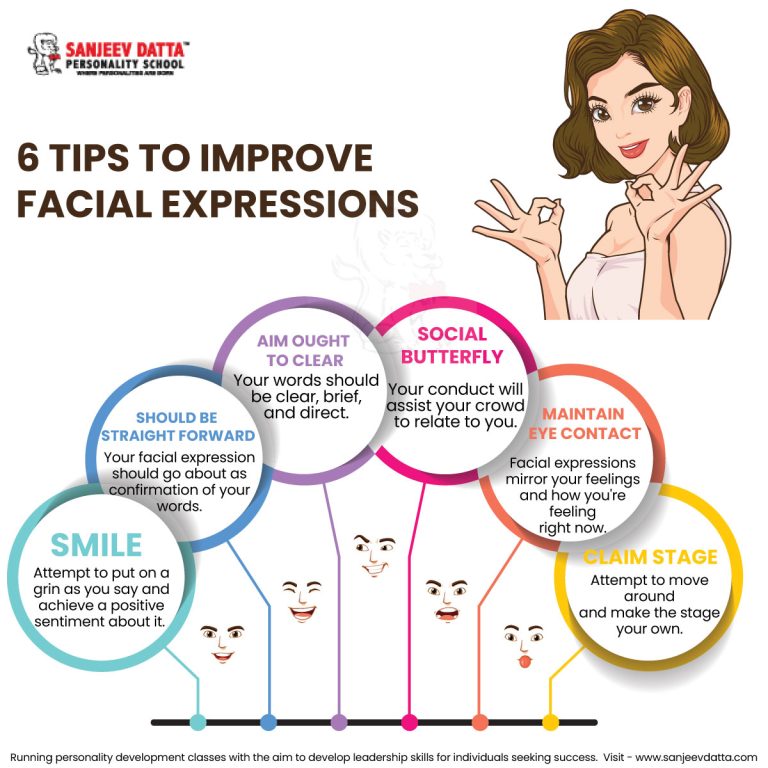How to Improve Body Language During Presentation
Improving body language during a presentation is crucial. It enhances your message and boosts audience engagement.
Body language speaks volumes. Even if your content is solid, poor body language can undermine your message. Effective gestures, eye contact, and posture can transform your presentation. They help convey confidence and clarity. This guide will show you how to improve your body language.
You’ll learn simple tips to look more confident and engaging. By the end, you’ll feel ready to captivate any audience. So, let’s dive in and make your next presentation a success.
Importance Of Body Language
Confident body language enhances presentations, making them more engaging. Maintain eye contact, use open gestures, and stand tall. Practice regularly to build self-awareness and improve audience connection.
First Impressions
Body language is crucial for first impressions. People judge you quickly. A confident stance helps. Stand straight and smile. Eye contact shows trust. Use open gestures. Avoid crossing arms. These signs show confidence and openness.
Non-verbal Communication
Non-verbal cues speak volumes. They can reinforce your message. Hand movements can highlight points. Facial expressions show emotions. Nod to show agreement. Avoid fidgeting. It can distract the audience. Maintain good posture. It shows you are engaged and interested.

Credit: simplyamazingtraining.co.uk
Posture And Stance
Stand with your back straight. Keep your shoulders relaxed. Avoid slouching or leaning. This makes you look more confident. People will take you more seriously.
Keep your arms open. Do not cross them. This shows you are welcoming. People feel more comfortable. It helps you connect with your audience better.
Eye Contact
Engaging the audience is key. Look at different people. Try to make each person feel included. Scan the room slowly. Don’t rush. Pause briefly on each person. This shows confidence. It keeps everyone interested.
Avoiding over-staring is also important. Staring too long can make people uncomfortable. Blink often. Look away briefly. This makes it natural. Don’t fixate on one person. Spread your gaze. Everyone should feel relaxed.

Credit: blog.moderngov.com
Facial Expressions
Smiling can make you look friendly. It can also make you look confident. A smile can help you connect with your audience. Practice smiling in front of a mirror. Notice how your face changes. Do not force your smile. Let it be natural. A genuine smile can make a huge difference. It can set a positive tone for your presentation.
Enthusiasm can engage your audience. Your face should show your interest. Open your eyes wide. Raise your eyebrows. These actions show excitement. Nod your head slightly. This shows you care about the topic. Your audience will notice your energy. They will likely feel it too. Show passion through your expressions. It can make your presentation more interesting.
Gestures And Movements
Hand gestures can make your talk more engaging. Use open hand gestures to show honesty. Small movements help emphasize points. Avoid pointing fingers at the audience. It can seem rude. Practice your gestures before the presentation. This builds confidence and reduces mistakes. Keep your hand movements natural and relaxed. This will make you look more confident.
Fidgeting can distract your audience. It shows you are nervous. Stand still and keep your movements controlled. Avoid touching your face or clothes. This helps you look calm. Hold a pen if you need to keep your hands busy. But do not click it. This can be annoying. Practice will help you stop fidgeting. Stay focused on your message.
Voice And Tone
Changing your voice pitch can grab attention. High pitch shows excitement. Low pitch can show importance. Keep your pitch natural. Do not sound fake. Practice changing your pitch. Record your practice. Listen and improve. Practice makes you better.
Clear speech helps people understand. Speak slowly. Do not rush. Use simple words. Avoid big words. Keep sentences short. Pause between ideas. Breath deeply. Clear speech builds confidence. People will listen better. Practice speaking clearly.
Practice Techniques
Rehearse in front of a mirror. Watch your movements. Notice your facial expressions. Make sure you appear confident. Use hand gestures to emphasize points. Practice speaking clearly and slowly. Record yourself while practicing. Review the recordings. Identify areas for improvement. Repeat until you feel comfortable.
Ask a friend to watch your presentation. Get their feedback. Listen carefully to their suggestions. Make necessary changes. Practice again. Improve your posture. Stand straight. Keep your shoulders back. Smile often. Make eye contact with your audience. Use your feedback to get better.

Credit: virtualspeech.com
Dealing With Nervousness
Deep breathing helps calm your mind. Breathe in deeply through your nose. Hold your breath for a moment. Then breathe out slowly through your mouth. Repeat this a few times. It slows your heart rate. It reduces anxiety. You feel more relaxed. It also improves your focus. Good breathing can make a big difference.
Positive visualization is very helpful. Close your eyes. Picture yourself giving a great presentation. Imagine the audience clapping and smiling. See yourself confident and relaxed. This builds your self-belief. It reduces fear. Practice this often. It makes you feel prepared. Positive thoughts lead to positive actions. It’s a simple but powerful technique.
Frequently Asked Questions
What Is The Importance Of Body Language In Presentations?
Body language enhances communication by conveying confidence and engagement. It helps in keeping the audience interested and attentive.
How Can I Improve My Eye Contact During Presentations?
Maintain eye contact with various audience members for a few seconds each. This builds connection and shows confidence.
What Role Do Hand Gestures Play In Presentations?
Hand gestures emphasize points and make the presentation more engaging. They help in illustrating ideas and maintaining audience interest.
How Should I Stand During A Presentation?
Stand with a straight posture and feet shoulder-width apart. This conveys confidence and helps in maintaining balance.
Conclusion
Improving body language boosts presentation impact. Practice makes perfect. Start with small steps. Stand tall and make eye contact. Use hand gestures to emphasize points. Smile genuinely. Stay relaxed and confident. Watch recordings to see progress. Seek feedback from trusted friends.
Keep practicing. Your body language will improve. Present with confidence and clarity. Success will follow.


